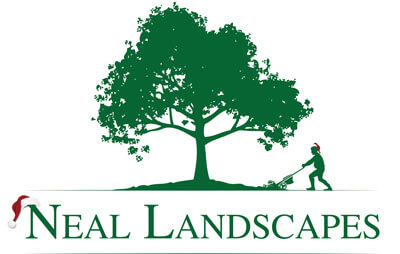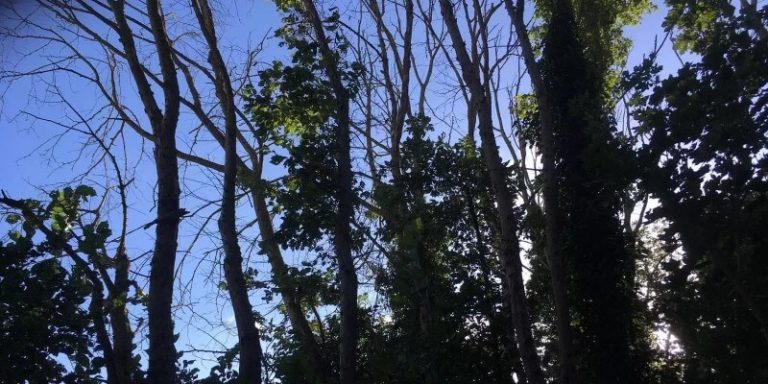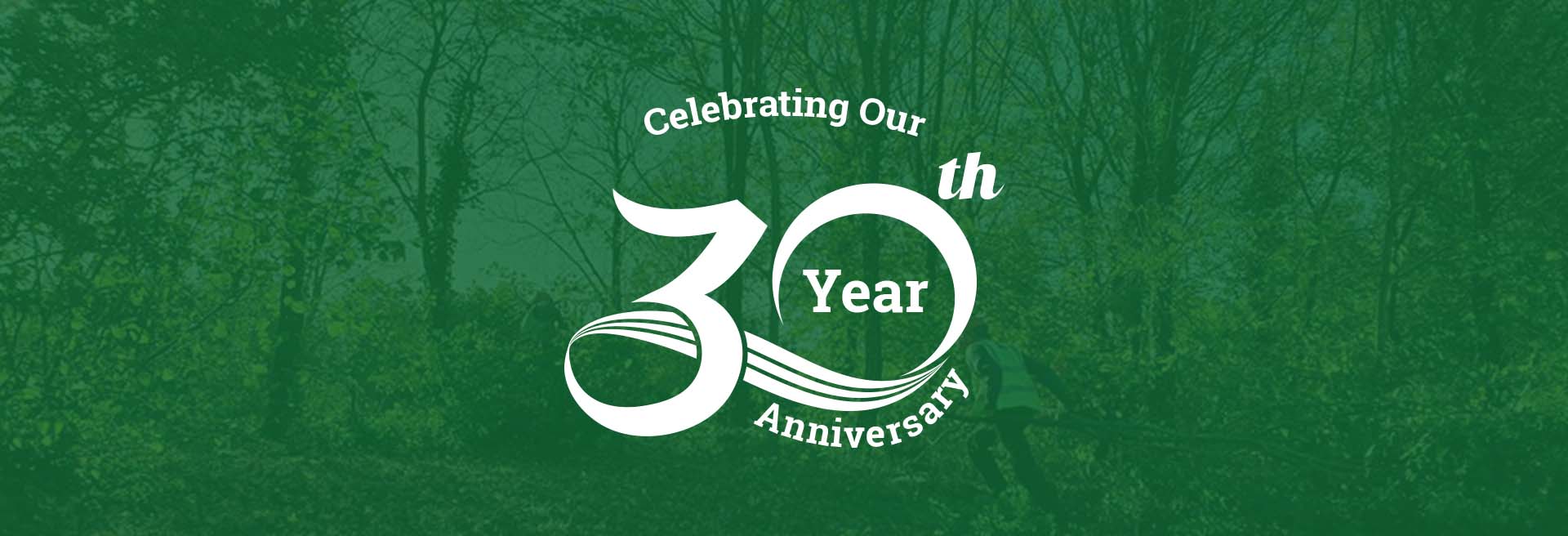It is a shame to see any form of nature destroyed or removed from its natural habitat; however, when a tree suffers weather damage or has not been regularly maintained, removal can sometimes be the only option. Unfortunately, as a tree ages, it decreases its capability to withstand adverse weather conditions and can slowly die.
Although there may be signs of a dying tree, it doesn’t always mean that you have to remove the tree and its roots altogether. When taken care of by a professional, such as our team of tree surgeons, you can actually restore the tree, giving it a new lease of life. This is why it is best to know what all of the warning signs are so that you can target the problem before it gets worse.
Signs Of A Dying Tree: Get There Before It’s Too Late
Making sure you know all the possible signs that a tree may be ill, unhealthy, and even dying can help you save it and the nature around it. In our article, we will discuss the most common signs, so you can recover the tree before it deteriorates further. In the unfortunate scenario that the tree is untreatable, you can also get in touch with our experts in landscape maintenance in Milton Keynes or the surrounding areas.
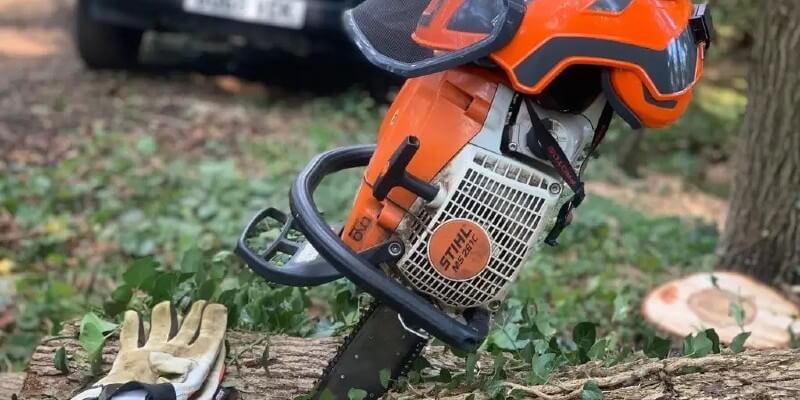
Signs Of A Tree Dying
The majority of trees are more than capable of outliving humans, with the oldest tree in the world being around 5,062 years old. However, with the constant change in climate and increased risk of deforestation, trees can often be removed even when they’re at their prime. To prevent this from happening, there are multiple ways you can spot a dying tree so that you can save nature before its too late; these include:
1. Dead Branches
An obvious sign that a tree is in the process of dying is when the branches begin to look discoloured and are unable to hold their shape. If you are unsure of how to tell if the branches of the tree look as though they’re dying, you can always complete the dead branch test. This is a very simple, quick and easy way of telling whether your tree is healthy or not.
To perform this test, head over to the tree and grab a small stick that is still attached to the trunk or larger branches. Break the twig into two and inspect the inside colouring; if it takes a little extra tension to break the twig and the inside is green, then the tree is in good health and does not require any assistance.
However, while a tree with a slightly dark tone may not need tending to, it is important to continue checking its health, as this could be a sign that it is deteriorating. If you feel your tree may need pruning, then you can follow a guide in our previous article about pruning in the winter. Alternatively, you can take a look at PruningCuts.com to understand more about whether pruning a dying tree can be beneficial.
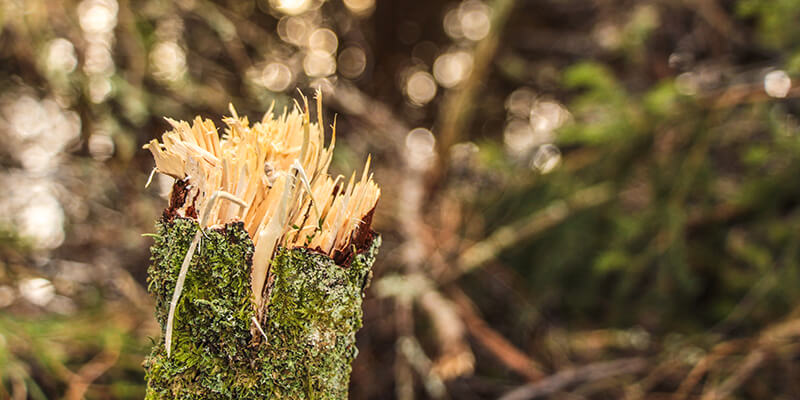
2. Excess Leaning
It is most unlikely that you will ever see a tree that is entirely in an upright, vertical position, as various natural disturbances, such as high winds, will make the tree lean slightly out of place. However, if you start to notice that a tree is leaning in one direction and exceeds the recommended 15 degrees, it may be a warning sign of root damage. If you haven’t called a tree surgeon already, then it’s most definitely time to contact Neal Landscapes.
A leaning tree can be incredibly dangerous as the risk of the tree falling and causing injury is greatly increased. Once damaged beyond repair, it will only take a small amount of force to break at the trunk or fall. Not only does this run the risk of a large tree plummeting into your building, but it can also fall on a visitor or their vehicle, leaving you faced with huge reparation or compensation fees.
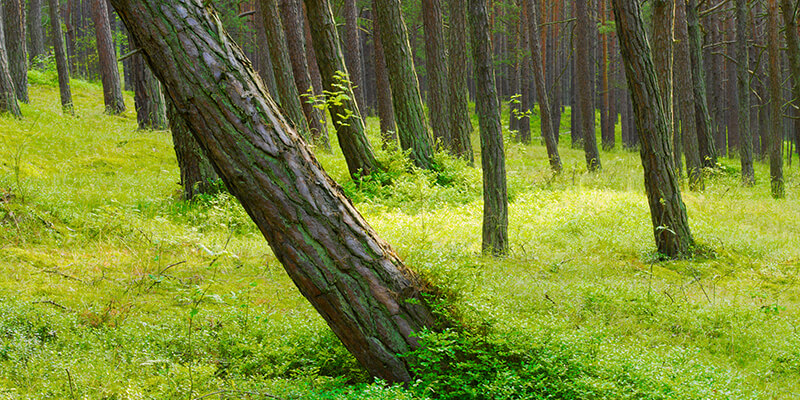
3. Lack of Leaves
Luckily, if this warning sign is noticed early, it can be fixed, and in most cases, it will not result in full tree removal. Lack of leaf growth is one of the most common health issues within trees, and there are many different causes for this:
- Weather, particularly sudden changes in temperature
- Overly wet or dry conditions
- Pests and diseases; examining the leaves can help you to determine whether this is an issue
If there is an old tree on your premises, keep an eye out for the number of leaves that grow during the Spring and Summer months. During these periods, branches should be brimming with vibrant life, blossoming with delicate flowers and crisp green leaves. If this is not the case, along with a lack of bark covering the upper layer of branches, it is highly recommended to get a full assessment carried out by a tree surgeon.
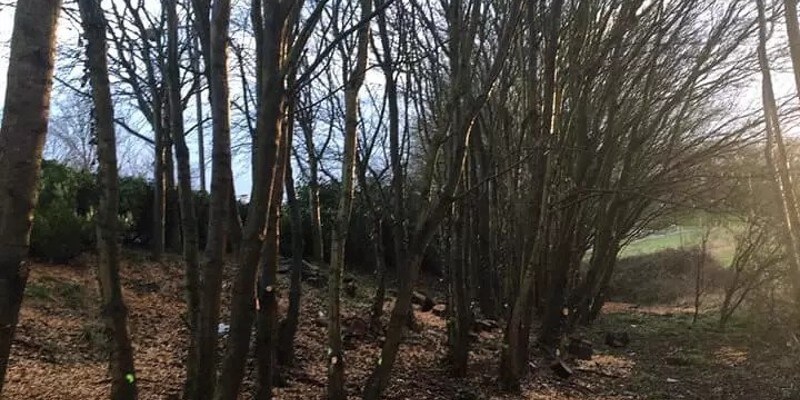
4. Overgrown Branches
Similarly to the issue of lack of leaves, with regular maintenance, overgrown branches will not result in a severe problem; however, they can cause decay if left unpruned. Our commercial grounds maintenance in Milton Keynes can provide you with regular pruning as well as a check up on trees’ health.
It is common on commercial premises for many different types and sizes of trees to be planted close to each other to achieve an aesthetically appealing, welcoming first impression. Over time, trees continue to grow larger, meaning space becomes incredibly limited, and branches will start to grow over each other, causing them to fight for growing space. If branches are forced to grow over each other, they will begin to form friction, which results in rotting that can travel through the entire tree. Other problems that occur when trees fight for space include:
- Malnutrition
- Lack of sunlight
- Growing into distorted shapes
- Unable to access water
- Pests and diseases are able to fester
Opting to take out a contract for regular landscape maintenance in Milton Keynes or in the surrounding areas will avoid overgrown branches causing a severe issue. Your chosen landscaping team will visit your property every month or so to prune any excess branches and ensure that all trees remain in optimum health.
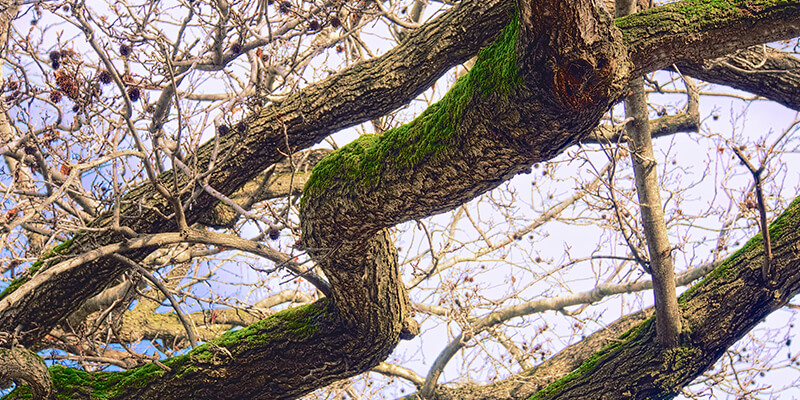
5. Diseases
As trees are living organisms, they are no different to humans when it comes to the number of diseases that could prove potentially fatal if left untreated. Depending on the type of illness your tree has, different signs and symptoms will be visible; some of the most common are peeling bark, fluid coming from the base, shoots forming and powdery mildew on leaves. For a more in-depth explanation and signs your tree may have a disease, take a look at Davey’s answer to common signs of tree sickness.
If you are a tree novice and you’re not too sure how to tell if trees on your premises have fallen ill with a disease, then contact the team for further advice. We are more than happy to take a look at your landscaping, whether it be through a visit or an inspection of an image.
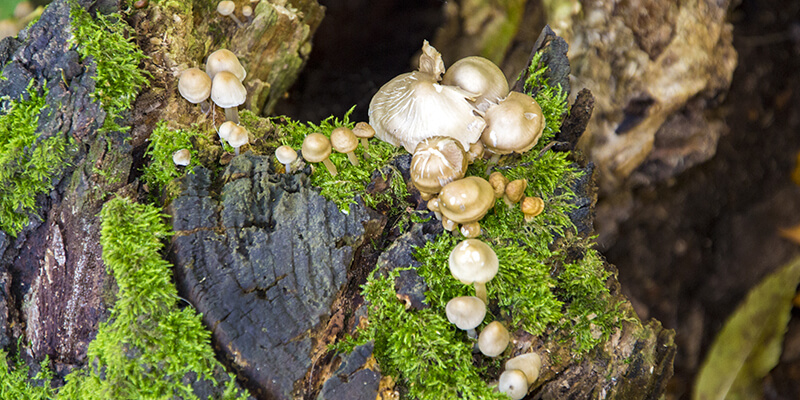
6. Damaged Roots
Due to the root being underground, it can sometimes be hard to identify whether a root needs maintenance and whether it is showing signs of dying. However, there are in fact, signs that you can see on the surface that warn you it’s time to call a professional tree surgeon. Wilting is the most common sign of damage, as the tree is unable to take up any of the nutrition of the soil, causing it to die slowly.
Other signs that the tree is dying include some of those that have previously been discussed, such as leaf dropping or yellowing of the branches. This is why it is important that you contact a professional if you notice anything unusual with your trees. Identifying these issues mean that you can get expert advice and care to protect the roots of the tree and help to maintain its health. Signs of root damage may also include the following:
- Thinning foliage
- Poor yearly growth
- Yellow or brown leaves
- Dead branches
- Mushrooms around the trunk of the tree
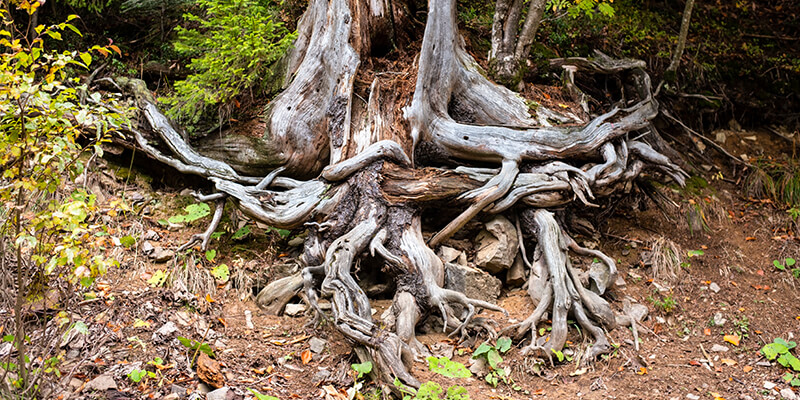
How Do You Revive A Dying Tree?
Although sometimes it can be too late to save a dying tree, and there may be nothing you can do, it is always best to contact our tree surgeons in Milton Keynes as they have the best knowledge that is required to tackle jobs of this nature. However, there are ways that you can save a tree if you think the damage is not too far gone! This includes:
- Changing watering habits: A lot of the time, the reason a tree is dying is because of water issues, such as watering the tree too much or too little. All living things die from dehydration, including trees, so it is important to check if the soil has a good drainage system. Use a standard garden hose and water down the area around the tree for half a minute to 2 minutes; ensure you do not overwater the tree, as it will drown!
- Mulching: Mulching is a process which involves placing loose sheets of material placed on the soil around a plant or tree; it can help retain moisture and suppress weeds. This process can be harmful if not don’t correctly, so it is important to look into it and how much mulch to use for your tree. You should apply enough so that it covers the base of the tree but doesn’t suffocate the roots! For more information on mulching, take a look at this article by The Spruce.
- Fertilisers: Same as mulching and watering, fertilising your tree too much is harmful to the tree; you should test the soil before you apply the fertiliser and ensure you will be saving it, not harming it. You can find out how much fertiliser is too much by carefully following the instructions on the fertiliser while applying it!
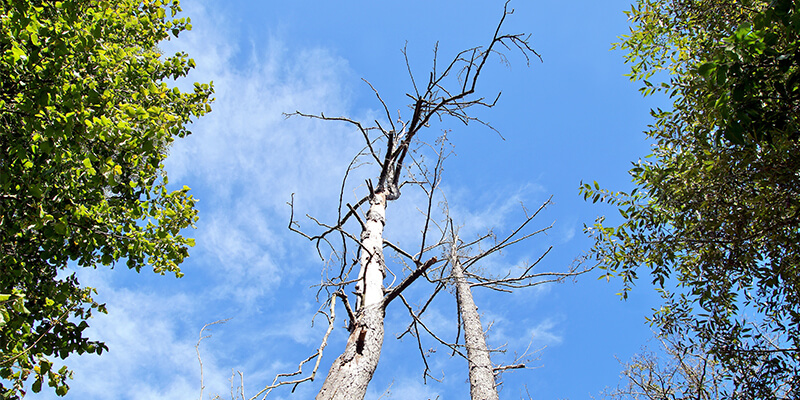
Maintain A Healthy Tree!
In some cases, tree disease and damage cannot be avoided, and unfortunately, a full removal may be the only route. However, understanding the main warning signs of tree disease and dying can be the difference between a thorough maintenance check-up and full removal. If you are experiencing any of the problems that have been discussed, or believe that your trees need a check over and some maintenance work, then please feel free to contact the team for more information about our reputable services.
